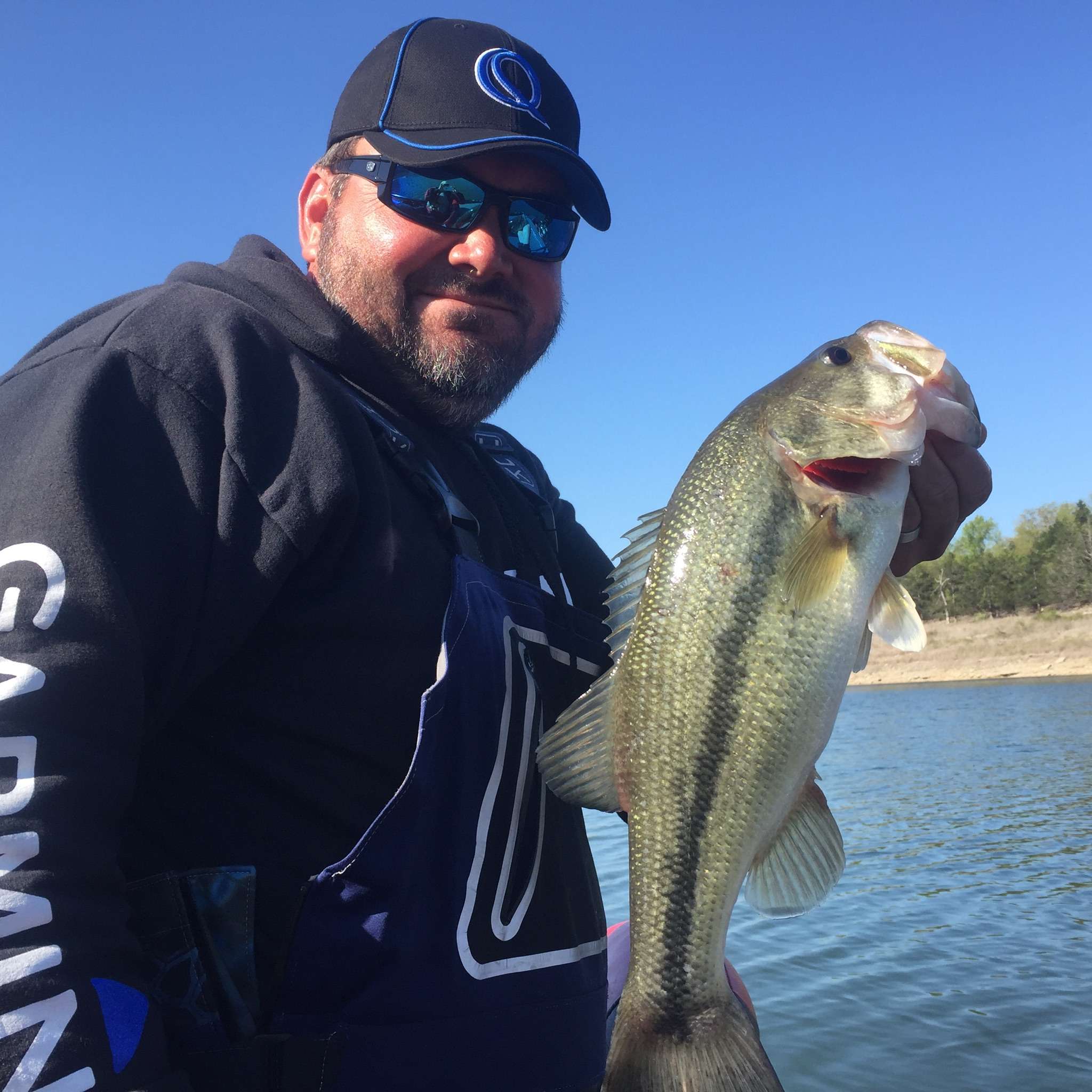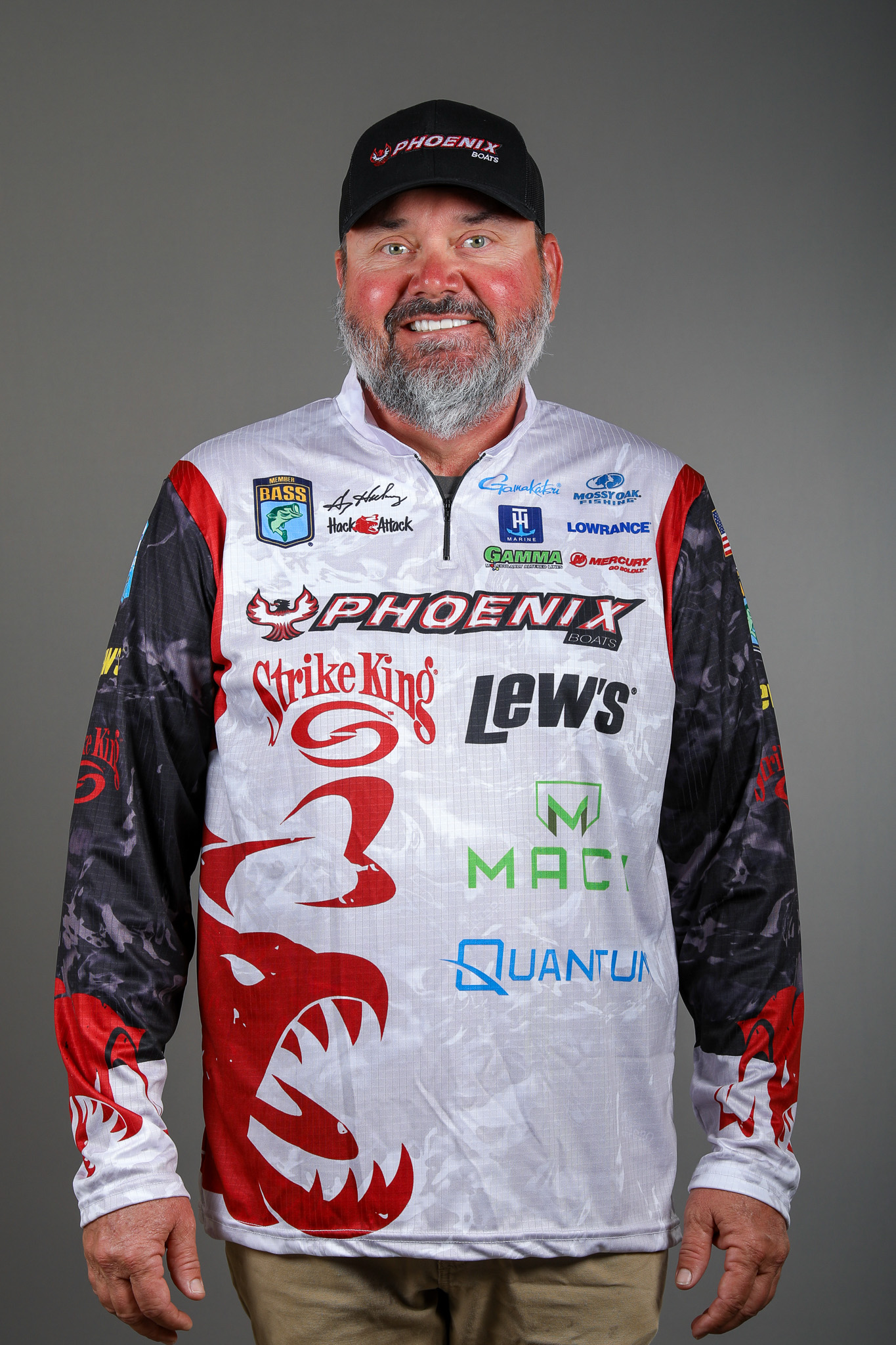
Let’s start with the obvious: “What are they biting?” You ask the question when you see several local anglers at the dock.
That’s a place to begin but maybe not for the reasons you think. You don’t want to know what they’re biting so that you can run to the local tackle shop and buy a bunch of the same lures. You need that information because it gives you a clue as to what the bass are eating and how deep they’re holding.
If they’re biting a small, balsa crankbait in a Sexy Shad imitation, that says they’re shallow and probably feeding on shad. On the other hand, if they’re biting 1-ounce jigs they’re probably feeding on crayfish and are deep.
It’s not about throwing the same thing at them. It’s much better to make your own choices. Nevertheless, it’s at least a place to start. At the same time you need to understand that the information you have doesn’t amount to much unless you have a lot more information to go with it.
You see, that kind of superficial information can get in your head and mess you up. Where are they feeding on shad? Are they busting them in open water or in flooded bushes? Where are they feeding on crayfish? I guarantee you it’ll be in specific, well-defined places.
And what about lure presentation? Is the balsa crankbait being burned back with a hard wiggle, or is the retrieve a slow, Sunday afternoon type of thing? There are questions with the jig, too. Is it being dragged or hopped, and how fast?
Even if you know all of that you still don’t know enough. What about boat position? What about the angle of retrieve? What was the water temperature? Was it rising or falling? What about the wind and cloud cover? Was it raining? What time during the day did they catch them?
In some cases the day of the week makes a difference. If you’re on a lake with heavy weekend pleasure boat traffic or heavy fishing pressure it might matter whether the fish were caught on a Monday while they’re still stirred up, or on a Thursday when they’ve had time to settle down.
It’s hard to get all those questions answered. Some anglers don’t know. They were just out fishing and caught a sack. That’s not a criticism. It’s a fact. They don’t share information they don’t know is important.
Professionals take all the things I’ve mentioned into account when they fish. They know it matters. It’s our job. It’s how we earn a living and stay competitive. It’s also information we don’t readily share.
Recreational anglers are out having fun. They might not pay attention to whether they’re cranking on top of a point or across it and especially to the angle of their retrieve if they are cranking across it. Is that angle 15 degrees, 30 degrees, 45 degrees or 90 degrees?
This is why I say that for the most part you’re better off not asking. Do your own thing. Learn from your own experiences and grow as those experiences accumulate.
Obviously if you’re new to the sport you’ll need some help. There’s nothing wrong with that, and I’ll not criticize those who ask for it or those who give it. But don’t let it go too long and don’t become dependent upon it. Except in the very beginning it’ll mostly do you more harm than good.

